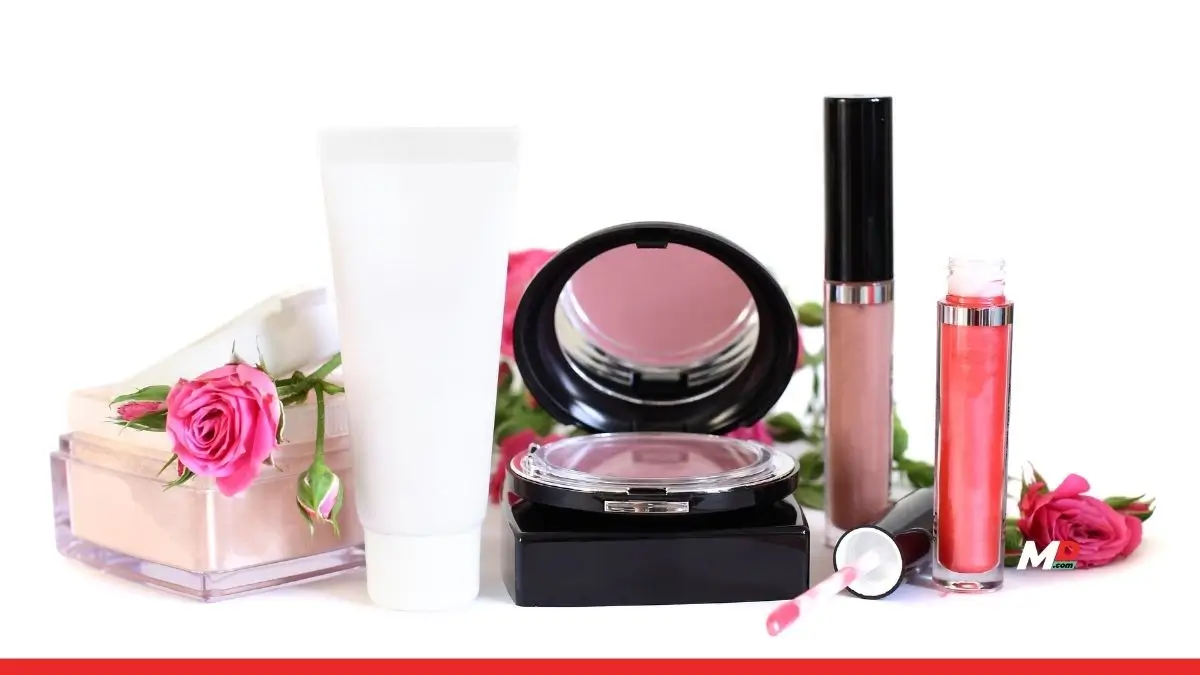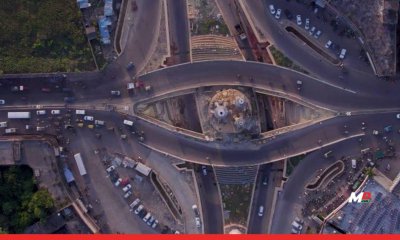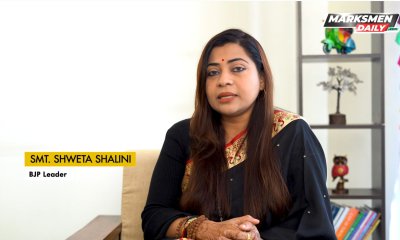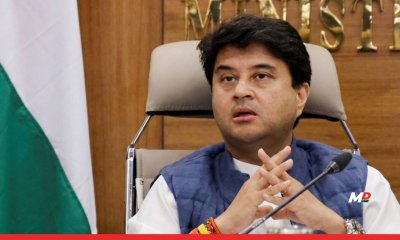Fashion
India’s Beauty and D2C Boom: A New Era of Consumerism
Published
8 months agoon
By
Ann Uruvath
The Rise of a New Consumer Class
India’s consumer landscape is undergoing a seismic shift, and few sectors reflect this transformation more vividly than the beauty and direct-to-consumer (D2C) space. Rising incomes, evolving beauty standards, and the growing participation of women in the workforce have converged to empower consumers like never before. Self-expression, experimentation, and personalization are becoming the new norms, and brands are racing to keep up.
A Billion-Dollar Glow-Up
In 2024, India’s beauty startups raised over $1.2 billion across 174 deals, a staggering 90-fold increase in funding and an 87-fold jump in deal volume compared to 2014. From just two deals worth $32 million a decade ago, the sector has skyrocketed, reflecting both explosive growth and soaring investor confidence. Homegrown brands like Mamaearth, Sugar Cosmetics, MyGlamm, and Renee have led the charge, delivering inclusive, affordable, and digital-first products tailored to India’s evolving consumer base.
India’s beauty boom isn’t a passing trend, it’s a full-blown movement. The chart below paints a clear picture of the industry’s rapid rise, driven by digital innovation and a new generation of purpose-driven consumers.
India’s Retail Revolution
The shift extends far beyond beauty. India is on track to become one of the world’s largest retail markets, projected to reach $1.7 trillion by 2025. E-commerce is a powerful force in this transformation, mirroring China’s journey, where online retail dominates organized commerce. With 639 million internet users growing at a rate of 24% annually, India has added 80 million digital shoppers in just three years, reaching a total of 130 million online buyers by 2024. The COVID-19 pandemic significantly accelerated this transition, as consumers moved away from physical retail and embraced digital alternatives.
Digital Momentum and Spending Surge
Online spending is expected to grow at a compound annual growth rate of more than 35%, rising from $39 billion today to an estimated $200 billion within five years. This surge is powered by improved connectivity, better payment infrastructure, and a rapidly maturing digital economy.
The Rise of the Indian Neo-Consumer
At the heart of this transformation is the rise of the Indian neo-consumer. Women now influence more than half of all household purchase decisions and make up nearly half of India’s online shopper base. These modern consumers are highly informed, digitally native, and driven by a desire for authenticity and uniqueness. They seek out brands that reflect their values, lifestyles, and aspirations, needs that traditional retail has often failed to meet.
D2C Brands Take Center Stage
This is where D2C brands thrive. Unburdened by legacy systems, these companies leverage the internet ecosystem to build agile, consumer-focused businesses. They rely on sharp marketing, lean operations, and data-driven product development to create deeply personalized experiences. Globally, D2C brands such as Warby Parker, Fenty Beauty, Perfect Diary, Allbirds, and Away have set the tone. Indian brands are now building on that foundation, customizing it for a vast, young, and increasingly affluent population. The result is a $100 billion D2C opportunity in India by 2025, and the momentum is only growing.
The Faces of India’s D2C Movement
The Indian market is brimming with breakout brands that are redefining categories. From Mamaearth and Renee in beauty, to Zivame and The Indian Garage Company in fashion, to Licious and Country Delight in food and wellness, each is carving out a niche with clear brand identities, strong community connections, and rapid scaling strategies. Even in electronics and home goods, players like Boat, Atomberg, and Lifelong are proving that consumers want more than just products; they want experiences.
A Global Opportunity
Globally, the beauty and personal care market is set to cross $725 billion by 2025. In India, it is projected to grow from $31.5 billion in 2024 to $32.5 billion in 2025. D2C brands are taking the lead in this expansion, capitalizing on unmet demand across product innovation, pricing flexibility, and delivery models.
Omnichannel Expansion and Market Reach
As these brands mature, many are expanding their footprint beyond the digital realm. Clovia, for example, is moving into tier-2 and tier-3 cities, with ambitious plans to reach 4,000 multi-brand outlets and 2,000 large-format stores by March 2025. Renee Cosmetics is scaling its e-commerce operations while exploring new domestic and international markets. B2B apparel platform ZYOD is expanding to over 40 countries, including markets across North America, Europe, and the Middle East. Meanwhile, Ace Turtle plans to launch new global brands in India and double its Lee and Wrangler stores to 200. Latin Quarters is boosting influencer campaigns and focusing on sustainable fashion, while V2 Retail is pushing to make its private label offerings account for 100% of sales.
Offline Goes Online
The push into offline retail is equally strong. The Indian Garage Company plans to open 10 to 15 stores this year, with 100 more in the pipeline. Divine Solitaires is focusing on underserved smaller cities and expanding in the Middle East. Solitario, a lab-grown diamond brand, is targeting metro cities in India and launching across Europe and Latin America, particularly Spain. SCINQ Neurocosmetics is securing premium shelf space in metro stores, while Blackberrys—already present in over 1,250 touchpoints—is adding 50 new stores in 2025. Lavie and V2 Retail are each planning 50 to 150 new stores, and The Bear House is preparing to open six brick-and-mortar outlets this year.
Bold Targets for 2025
The growth targets are equally ambitious. Renee Cosmetics is aiming to double its revenue to Rs 350–400 crore in FY25, up from Rs 191.7 crore the previous year. Ace Turtle is targeting Rs 500 crore in FY25, with plans to reach Rs 1,000 crore by FY27- 28. Latin Quarters projects 15% revenue growth in 2025, while Blackberrys, V2 Retail, and The Bear House each expect 50% year-on-year growth. Solitario plans to more than double its revenue from Rs 120 crore to Rs 250 crore. Streetwear brand Culture Circle is forecasting a 300% growth in users and a 250% increase in order value, with a revenue target of Rs 120 crore by FY25.
The Road Ahead
India’s D2C revolution is not just changing the way people shop—it’s redefining the future of retail. As consumers demand more personalized, digital, and value-driven experiences, these new-age brands are uniquely positioned to deliver. With strategic omnichannel expansion, strong investor backing, and an appetite for disruption, India’s D2C players are rewriting the rules of the game.
Whether in beauty, fashion, food, or lifestyle, one thing is clear: D2C is no longer just a business model. It’s a cultural movement.
You may like
-


NTT DATA Announces Six New AI-Powered Cyber Defense Centers to Strengthen Cyber Resilience and Counter an Evolving Threat Landscape
-


Kota’s signal-free streets are an urban design revolution
-


Baat Bharat Ki: Smt. Shweta Shalini on Governance, Gender, and the ‘War Room’ Strategy
-


Sanchar Saathi meets a firewall, Centre rolls back mandatory pre-installation order
-


Allianz Commercial: Geopolitics and cyber drive risk exposures for directors and officers in 2026
-


Indian IPOs in 2025: Big Money, Mixed Returns, Strategic Maturity


